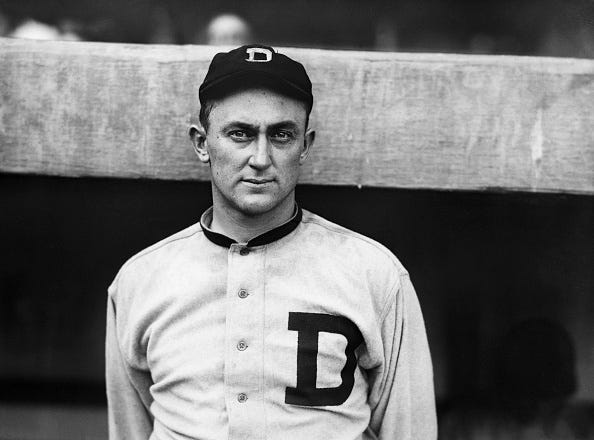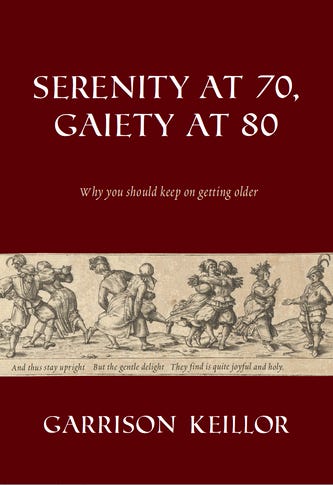The Writer's Almanac from Monday, December 18, 2000
Lines from “The Everlasting Gospel,” by William Blake.
It was on this day in 1972 that a string of American B-52 bombers, 70 miles long, flew into the North Vietnam capital of Hanoi and dropped their payloads on the city. The 11-day campaign, called "Operation Linebacker Two," was the biggest aerial blitz of the Vietnam War.
It's the birthday of Harold Varmus, born in Oceanside, New York (1939). Varmus and J. Michael Bishop shared the Nobel Prize for medicine in 1989 for their discovery of cancer-causing genes called oncogenes.
On this day in 1917, the United States Congress approved the 18th Amendment to the Constitution, the first official step toward a nationwide Prohibition of the sale of “intoxicating liquors.”
It's the birthday of jazz musician Fletcher Henderson, born in Cuthbert, Georgia (1897). He attended Atlanta University, majoring in chemistry and mathematics, then moved to New York City to find work as a chemist. Instead, he was hired to play piano on a Hudson River boat, and several years later (1924) he formed The Fletcher Henderson Orchestra. His innovative arrangements, which emphasized the horns and left room for improvised solos between arranged passages, shaped a new sound for big band jazz.
It's the birthday of baseball legend Ty Cobb, born Tyrus Raymond Cobb, in Narrows, Georgia (1886). Cobb was a 175-pounder who stood 6-foot-1, batted left-handed, and threw right-handed. He played most of his career for the Detroit Tigers, and by the time he retired from baseball in 1928, he had set more than 90 records, including highest lifetime batting average (.367), most batting titles (12), and most runs scored (2,245)
.It's the birthday today of painter Paul Klee, born on this day near Bern, Switzerland (1879). He went to Munich and became part of group of Expressionist artists known as Der Blaue Reiter (The Blue Rider) group. He made drawings that he described as "taking a line for a walk,” and he often featured blocks of color behind characteristically spare figures, spidery lines, and whimsical squiggles. He painted, etched, and drew on a wide range of materials—glass, plywood, cotton, silk, newspaper, celluloid, pieces of tablecloth, fraying burlap, and lined notebook paper.
On this day in 1860, John Crittenden, a U.S. Senator from Kentucky—a slave state—proposed a measure that he hoped would forestall the Civil War. The Crittenden Compromise proposed that slavery should be protected south of the line established in the Missouri Compromise, that the U.S. Congress could not abolish slavery in a slave state, and that the federal government should compensate the owners of fugitive slaves. In March of 1861, the Crittenden Compromise was narrowly defeated in the Senate. Crittenden died during the war; his sons were major generals on opposing sides, one for the Union, the other for the Confederacy.
Be well, do good work, and keep in touch.®






Paul Klee certainly deserves comment as an artist. But the real genius in German arts was (and will remain Heinrich Kley, a skizzen (sketch artist) who mastery of pen and ink and oil was unmatched and (as usual) unappreciated, well not sufficiently. Look him up and be amazed.